What is Ballet?
Ballet is an art form created by the movement of the human body.
It is theatrical – performed on a stage to an audience utilizing costumes, scenic design and lighting. It can tell a story or express a thought, concept or emotion. Ballet dance can be magical, exciting, provoking or disturbing.
Types of Ballet
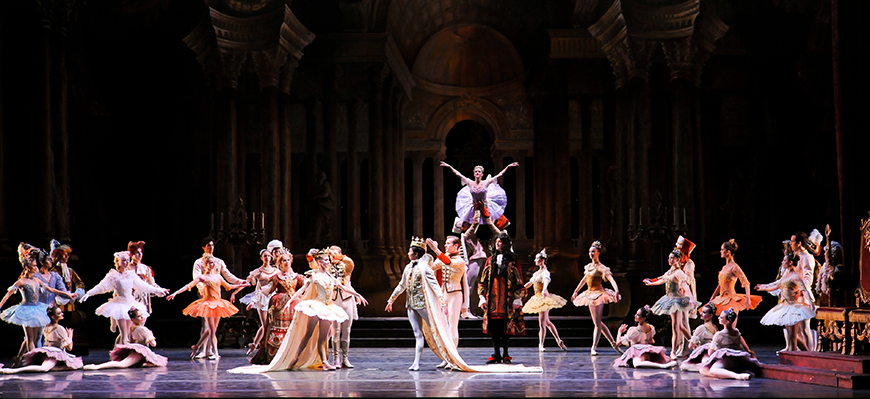
Story ballets (not surprisingly!) tell a story. They contain narrative action, characters, a beginning and an end. The Nutcracker and The Sleeping Beauty are famous story ballets from the 19th century; classic stories and novels such as The Great Gatsby and The Three Musketeers also have been transformed into ballets.
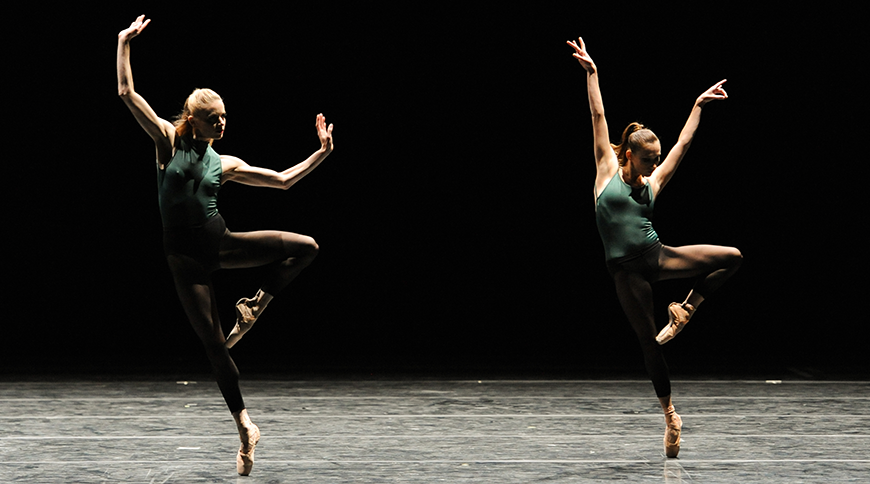
Plotless ballets have no storyline. Instead they use the movement of the body and theatrical elements to interpret music, create an image or express or provoke emotion. Choreographer George Balanchine was a prolific creator of plotless ballets.
Styles of Ballet
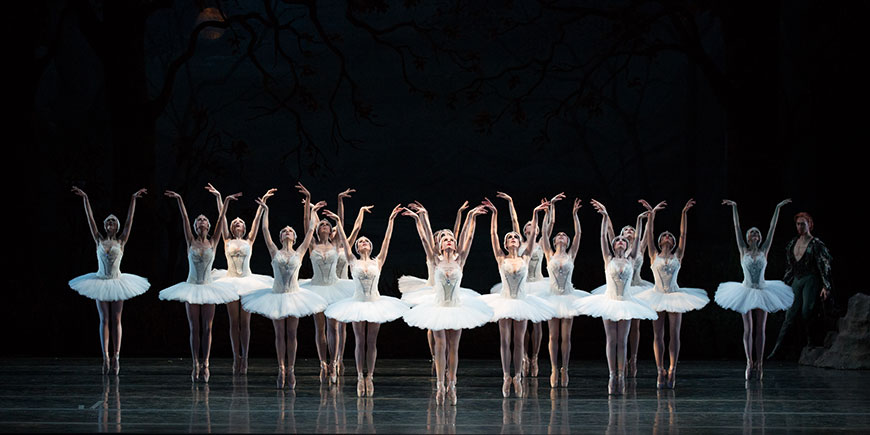
Classical ballet is what people generally think of first when it comes to “ballet.” Classical ballet reached its height in 19th- century Russia through the work of choreographers like Marius Petipa and Lev Ivanov. The following elements characterize this style:
- graceful, flowing movements
- classical form: turn-out of the legs and pointe work
- balance and symmetry
- ethereal quality
- emphasis on story ballets and narrative
- elaborate sets and costumes
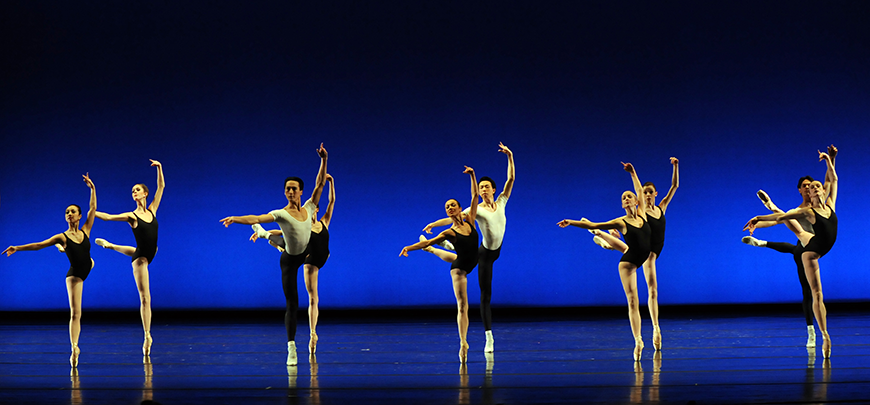
Neo-classical ballet was introduced in the 20th century by choreographers like George Balanchine. It generally includes:
- increased speed, energy and attack
- manipulation of the classical form
- asymmetry, an off-balance feel
- non-narrative, often one-act ballets
- pared-down aesthetic with simple sets and costumes
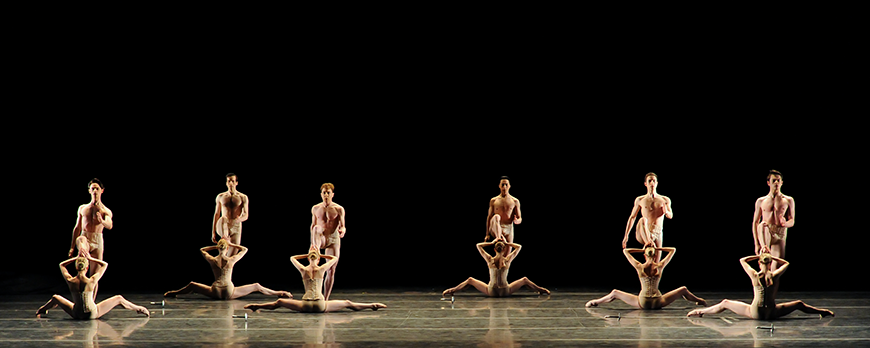
Contemporary ballet is influenced by modern dance. Renowned contemporary ballet choreographers include Twyla Tharp, Jiří Kylián, Paul Taylor, William Forsythe and Dwight Rhoden. In contemporary ballet, you may see:
- floor work
- turn-in of the legs
- greater range of movement and body line
- pointe shoes but also bare feet
Learn more!
Experience ballet for yourself with classes for all ages, including adult beginning ballet classes. Or, introduce your little ones to ballet with Dance the Story at Home!
A Brief History of Ballet
The Point of Pointe Shoes
Ballet Vocabulary
